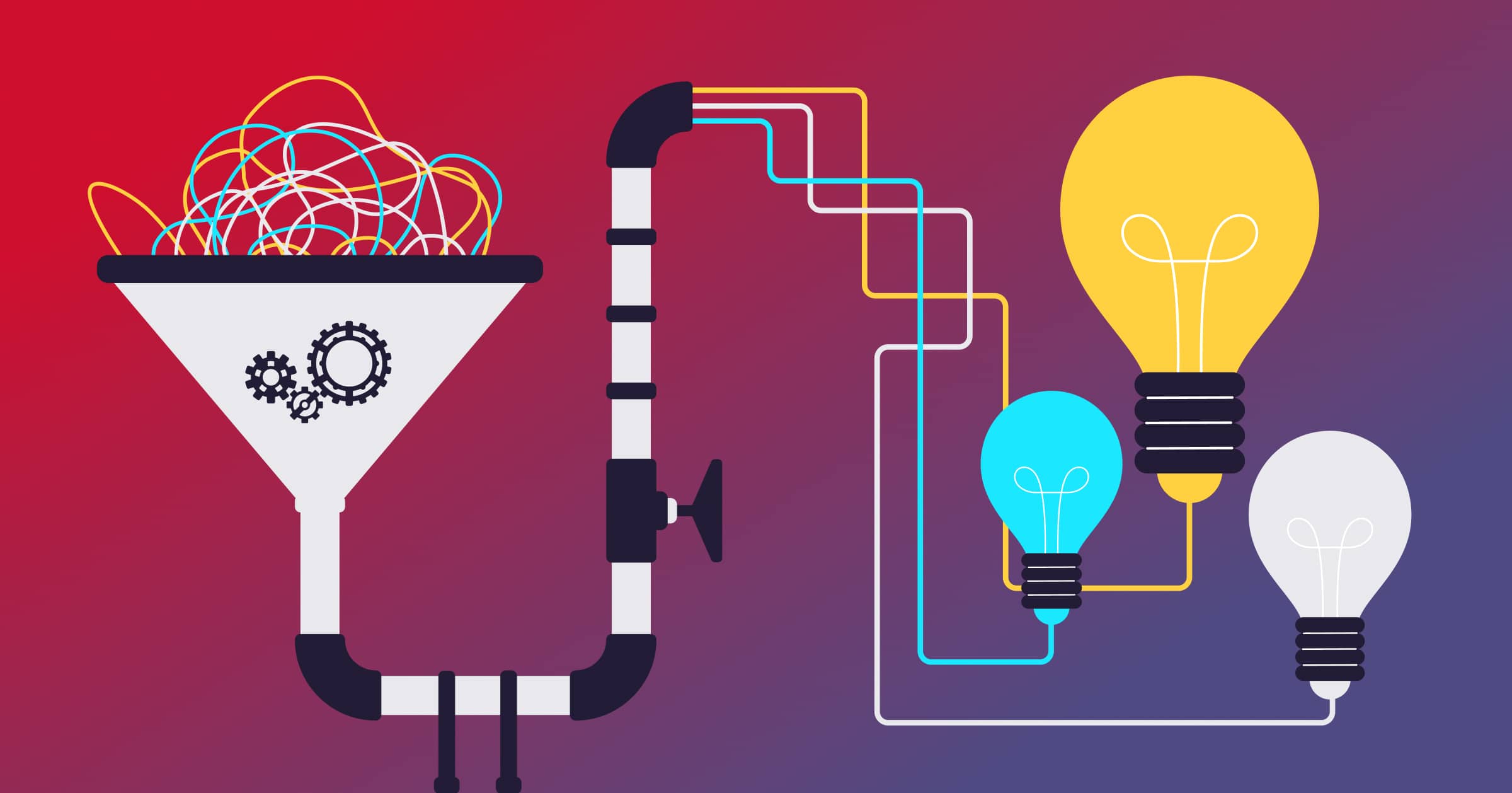Although it would be completely understandable to think all centralized email creation operations are alike, that’s not the case. Beyond these operations being parts of different organizations—with their characteristics—and led by people with different management styles and core strengths, there are two types of centralized email creation operations.
The main reason for the differences is the skill sets of the people involved: those who make requests, those who design and assemble content, and those who can produce the email.
Content design-centered operations are handled by in-house agencies or creative operations teams, where an entire design file is created off a brief, approved, and then moved to code for another round of approvals.
At production-centered operations, which are frequently run by marketing operations (MOPs), the content in a brief goes directly into modules and templates. It is then shared for review and approval.
Regardless of type, a centralized email creation operation helps add content to fragile templates and edit the email. By doing so, they ensure code doesn’t break, the brand is enforced, and content creators don’t have to struggle with code or complex systems.
That said, siloing content and production leads to tedious efforts like trafficking an email as it goes back-and-forth (and back-and-forth some more) in its path toward deployment. This process leads to long SLAs, increased touchpoints/context switching, and hours of extra hands-on keyboard time. Both groups see that as something other than a high-value use of their time.
Here’s a quick take on the characteristics of the two types of operations.
Design-centered email creation operations
By its moniker, a design-centered operation is heavy on design and copywriting resources. The email this type of team produces is typically a special design file. This design file is then ported over by hand into modules and templates.
You’ll likely find this operation in a B2C company or organization where look and feel is a big part of the brand and, by extension, the email’s message.
This approach to creating emails is effective when there’s plenty of time to plan, prepare, and execute. Think of a large financial company launching a new credit card offer, for example. That’s not to say there’s an absence of tight SLAs. Deadlines exist in all email operations. Those SLAs may be longer than the business desires in this type of operation.
Production-centered email creation operations
Unlike their counterparts in a design-centered operation, teams in a production-centered operation do not create a design file for each email.
Companies with this operation—often B2B—do not have complex design requirements for each email. It’s more about applying the right strategy, using the related content, and producing the email.
The brief usually lives in a Word or Excel document and then is handed off to more technical people that copy the brief into templates and modules.
Common characteristics of the two centralized email creation operations
Today, modules and templates live in two places in these operations:
- An Email Service Platform (ESP) or Marketing Automation Platform (MAP)
- A coding platform
Neither are intended to have designers, copywriters, or marketers in them. Instead, these people add content through Word docs, PowerPoint decks, design programs, or spreadsheets. They’ll use any way to get their ideas across to the more technical people who add the content to the templates.
To learn more about fully realizing the benefits of a design- or production-centered email operation, download the Stensul eBook, Email at speed: Improve the efficiency of your centralized email creation operation.




